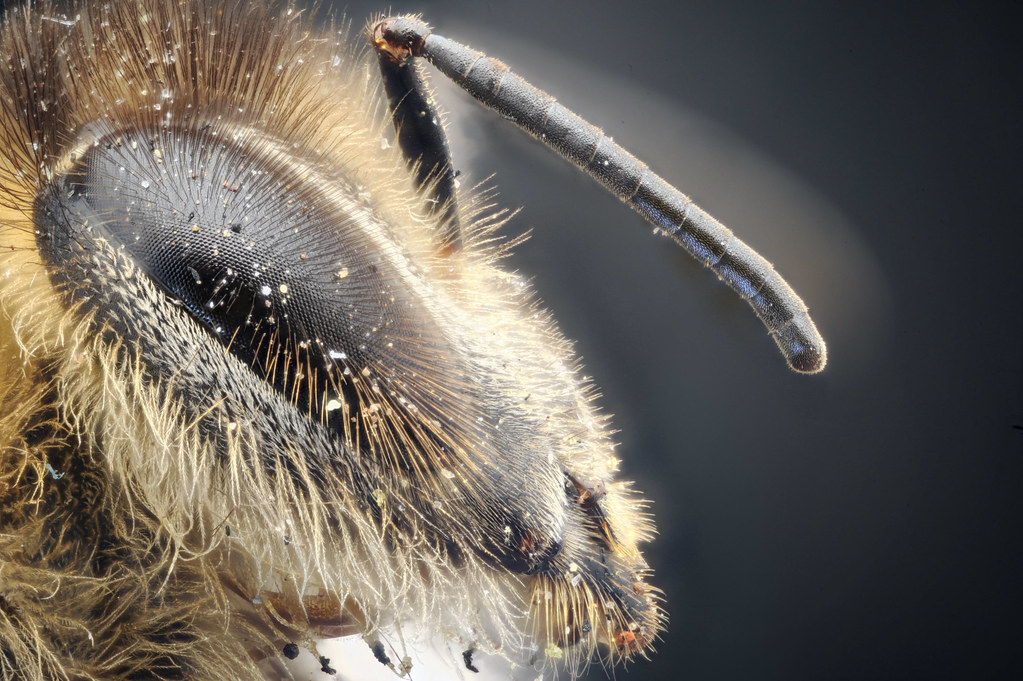Thanks. Hmm, it mentions grease coming out of the critter... and suggests organic solvents like ethanol, which I interpret as vodka <grin> or ethylacetate. It's possible that the acetone pulled oils out of the body - acetone is supposed to be great for removing grease so maybe a longer soak. Oh well, just a dead bee found on the back steps but I guess I'd advise caution on good specimens.
wiki: [made from ethanol] "Ethyl acetate is primarily used as a solvent and diluent, being favored because of its low cost, low toxicity, and agreeable odor. For example, it is commonly used to clean circuit boards and in some nail varnish removers (acetone and acetonitrile are also used). Coffee beans and tea leaves are decaffeinated with this solvent.[3] It is also used in paints as an activator or hardener.[citation needed] Ethyl acetate is present in confectionery, perfumes, and fruits. In perfumes, it evaporates quickly, leaving only the scent of the perfume on the skin."
For the record, here's the subject in question, which is covered in fine feathery hairs that got matted and glued together when rinsing in acetone:
Stack of 99 at 6.5x with JML 21/3.5 at 3 sec ISO 200 on D700


